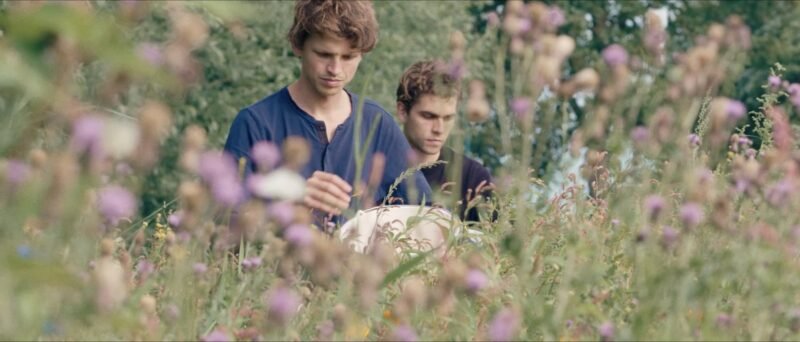Bunker 599 Cut In Two
Amsterdam-based design office RAAAF has launched their latest project called Bunker 599 + 603. The project lays bare two secrets of the New Dutch Waterline (NDW), a military line of defense in use from 1815 until 1940 (precisely the period without any war in The Netherlands) protecting the cities of Muiden, Utrecht, Vreeswijk and Gorinchem by means of intentional flooding.

The project, developed in collaboration with Atelier de Lyon, is part of a broader strategy to open up this historical landscape for recreational purposes. The seemingly indestructible bunker nr. 599 with monumental status was sliced open.
“The design thereby opens up the minuscule interior of one of NDW’s 700 bunkers, the insides of which are normally cut off from view completely. A long wooden boardwalk cuts through the extremely heavy construction and leads visitors to a flooded area and to the footpaths of the adjacent natural reserve.”

The landscaping project is a great contribution to the understanding of this landscape and the tangibility of history. The project plays with the historical tragedy of the Dutch military defense ideas. The plan to create this defense line was ambitious and brilliant. It used the geographical condition of the Dutch landscape and its water learning from the Dutch Independence War (1568-1648) and Napoleon’s bloody defeat at Russia’s Dnjepr (1812). On the other hand, it was brilliance in the wrong period in history: in 1940, the Dutch were prepared for a guerrilla war… on skates. The Germans came with airplanes to bomb Rotterdam and drop paratroopers behind the front line. The New Dutch Waterline therefore has never been properly used.



